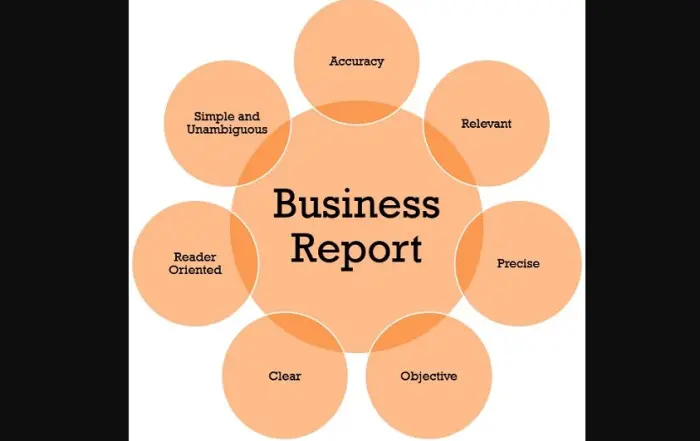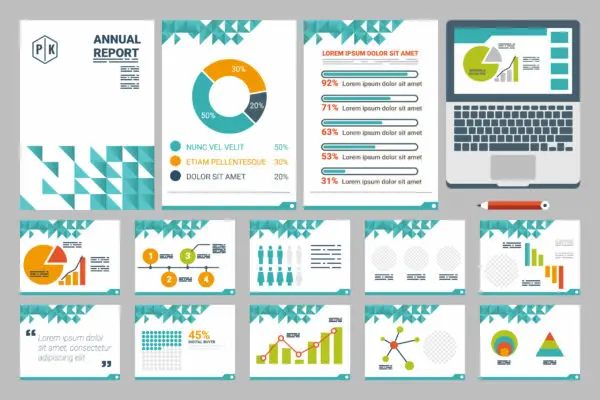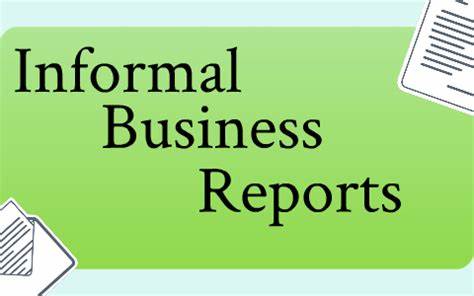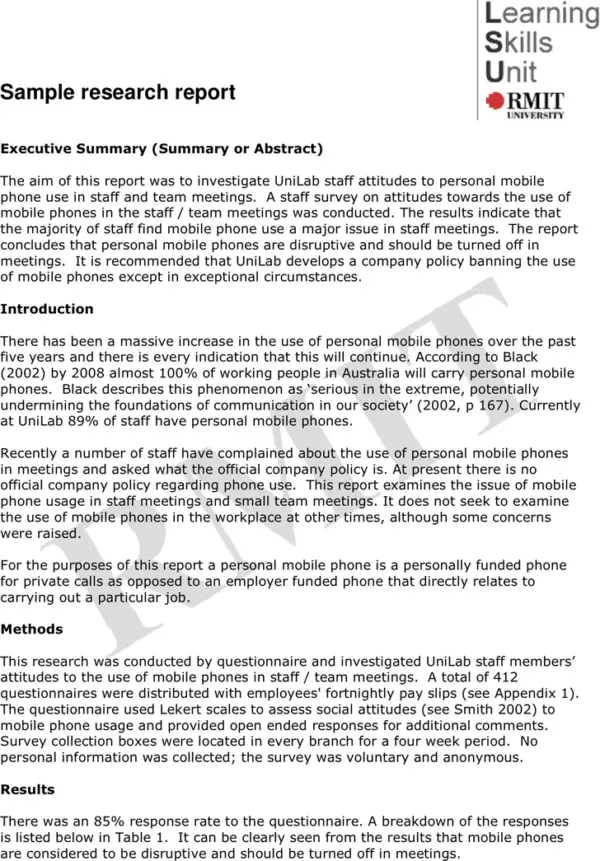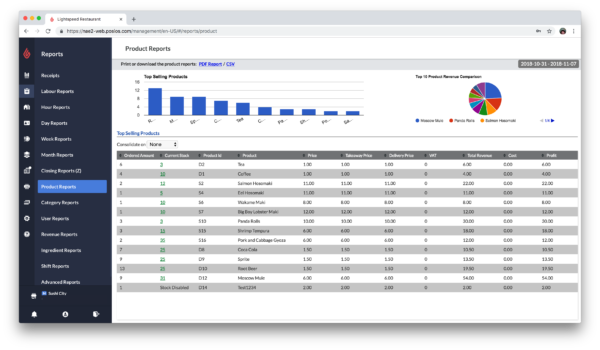Curious about the different types of business reports? In today’s world, organizations need to communicate effectively, and business reports are a formal way to do just that. Here are 10 types of business reports –
- Annual Report
- Sales Report
- Technical Business Report
- Formal Business Report
- Informal Business Report
- Research Report
- Budget Report
- Explanatory Report
- Marketing Report
- And Product Report
If you want to know more about the structure of a business report, how to organize it, and more in-depth information about different types of business reports, keep reading!
See Also: Why Should Your Business Use a Performance Planner?
Types Of Business Reports: What Do Business Reports Entail?
Business reports provide information by summarising, analyzing, and suggesting solutions to a given scenario, problem, or set of facts to the group or individual requesting the report. These reports’ main objectives are typically one of the following:
- To investigate alternative solutions for a situation essentially.
- To employ management and business theory to provide various proposals for improvement.
- To demonstrate your ability to recognize and consider potential consequences and solutions while evaluating reasoning and analytical skills.
- To render judgments regarding a situation or subject.
- To develop many proposals for future action.
- To demonstrate proficiency in speaking clearly and concisely.
You’ll receive multiple potential answers with business reports rather than just one. It would be your responsibility to list each solution for the corporation and evaluate its costs and advantages in a business report.
An Overview Of A Business Report
Business reports are consistently formal, impartial, and well-researched. Whether the report concentrates on a particular circumstance or assesses the overall performance of a complete organization, every data must be distinct and reliable.
Since objectivity is crucial in a business report, avoid giving the reader emotional cues through subjective descriptions. For instance, don’t state, “Sales were bad last quarter” if sales were down last quarter; instead, let the sales statistics speak for themselves. Using personal pronouns, such as “I believe we should invest more money,” is forbidden. Objectivity and the company’s perspective have to convey in a business report.
How To Organize A Business Report?
A business report’s structure is crucial because it enables readers to quickly browse the document, regardless of the report’s size—anywhere between one and 100 pages. A typical, dependable structure is provided below:
Frontmatter
Include your name, work title, phone number, and the submission date in the list. The report’s title is there as well.
Background
Give some history on the subject you’ll discuss and describe the report’s primary goal.
Key findings. Give details, figures, and necessary conclusions pertinent to the backdrop goal. Being that the material in this area will be used across the full report, be clear and precise.
Conclusion
Summarize and explain the main conclusions, point out the problems with the data, and respond to the purpose’s queries.
Recommendations
Give recommendations for remedies to any issues raised in the conclusion and describe how these solutions might operate. Even though you are expressing your opinion in this area, avoid using personal pronouns and always write from the company’s viewpoint.
References
All the data you cited in the report should have sources listed, enabling others to check the same sources and discover where you received your knowledge.
After the front matter part, certain businesses could also need an executive summary, a thorough summary of the report’s context, main conclusions, and suggested solutions. Without reading the entire document, this section enables readers to understand the highlights rapidly. Depending on the report’s number of pages, an executive summary may be as short as a paragraph or as long as several pages.
10 Different Types Of Business Reports Creation
For many firms, selecting a report is still a complex undertaking. In the following paragraphs, we’ve listed ten types of business reports.
Annual Report
An annual report is a detailed, all-inclusive account of accomplishments and financial results for the previous year. The important choices involve investments, product portfolio modifications, advertising campaigns, etc.
The report’s initial few pages have an appealing layout, a summary of the organization’s previous year’s activities, and plans for the future.
Sales Report
One of the most straightforward business reports you can create is a sales and revenue report, which presents your sales data over a specified period. Most importantly, you may rapidly calculate your profit margin by comparing these figures clearly and concisely to new business prospects where you can improve your performance using sales data. Data on leads generated, revenue, sales volume, KPIs, new accounts, and many other important metrics are all included in the report.
Technical Business Report
Technology is developing faster than the speed of light, which is why businesses occasionally update themselves with new technology. Technical reports update the workforce of a corporation about changes to the technology it uses.
Technical reports cover every aspect of the technology employed. Also, information on the company’s resources (and how many are required) to implement it.
Formal Business Report
Formal reports also function similarly, although they cannot forgo the business report’s structural format. They take longer to create than casual reports because they emphasize objectivity, structure, and detailed information.
These reports are prepared with established guidelines and submitted to the authorities accordingly. They are given to an appropriate authority, typically the top management of other corporations or department heads. Other people’s formal reports are divided into statutory reports and non-statutory reports.
Informal Business Report
Internally, informal business reports are widely utilized and offer more freedom, and they don’t have to adhere to the exact formatting requirements.
These reports create skills that the reporter finds convenient and instantly delivers to the appropriate person upon request. Therefore, the motivation for creating an informal report is to disregard any formal framework in favor of effective and efficient communication.
Research Report
This is the most thorough business report needed when a business contemplates doing something new, like entering a new market or introducing a new product. Research papers can also help you and your team better understand the market, allowing you to focus your efforts properly.
Research reports overview the methodology, results, suggestions, and conclusions. It’s a valuable method for recording the research procedures and identifying gaps that require correction.
Budget Report
A budget report contrasts the actual expenditures with the planned budget. It significantly aids organizations in making precise and educated financial decisions. Typically, drafting a budget report involves setting financial objectives for the firm.
Protecting the financial interest of the company is the aim of this report. Let’s assume that the organization’s expenses will rise the following year and that adequate arrangements will protect them. The cash budget can give information on the organization’s liquidity position.
Explanatory Report
This report is necessary to make a subject or circumstance understandable to everyone. In this report, you must outline your objectives, approach, conclusions, and suggested next steps.
Descriptive reports should be written unambiguously and briefly to ensure that individuals not involved in the task can understand it.
Marketing Report
This report is necessary to make a subject or circumstance understandable to everyone. In this report, you must outline your objectives, approach, conclusions, and suggested next steps.
Descriptive reports should be written clearly and concisely so that the individuals not involved in the task can understand it. These reports assist you in determining the success or failure of your existing marketing tactics.
Product Report
Product reports containing crucial details about your business’s offerings are generally delivered to management. Sales, discounts, inventory information, and net and gross revenues are frequently included.
Senior managers and departmental heads can use these records to assess a product’s distinctive qualities and marketability. Business teams can work together and undertake in-depth product research thanks to it.
FAQs
How many different research report types are there?
Research reports consist of two major types of reports mentioned below. 1. Technical Report A technical report is necessary when a thorough written report of a research effort is needed for public dissemination or record-keeping. These reports convey data and accurately identify their primary findings. 2. Popular Report The report that emphasizes the aesthetics and simplification of the data is the most popular. When its findings affect policy, it is employed. The emphasis is on writing, minimizing technical details, and liberally and thoroughly utilizing charts and diagrams.
What are the significant keys to business reports?
The various keys that could help frame an excellent report are as follows. 1. Title: The project's title, the name of the sponsoring organization, the author's name, and contact details are all listed on the cover page. 2. Headline: This part contains the title, the list of figures, and the table lists. 3. Introduction: An overview of the project is provided in this section so that you may quickly understand its main points. 4. Methodology: This section will discuss how to research and where to get the data for your analysis. 5. Result: We will display the final results using statistical data, graphs, and plots. 6. Discussion: This section will discuss or successfully elucidate the thesis. In this section, we'll go over the main aspects of the project and how it will address a pressing issue.
Why are business reports necessary to the organization?
The business reports are essential in different aspects, which are as follows. 1. To investigate available and potential remedies for a condition, issue, or problem. 2. To use business and management theories to generate various improvement suggestions. 3. Demonstrate your critical thought, evaluation, and analysis capacity by identifying and considering potential consequences and solutions. 4. To draw judgments regarding a situation or topic. 5. To generate a variety of actionable proposals for the future.
Conclusion
With the above information, you have learned about different business reports, which facilitate smooth. And volatile operations of the company while defining the requirements, growth, sales, factors affecting different departments, finance, and many other things. Reports are the base material or stone for any department, project, organization, and individual as they help in decision-making and framing future development goals.
They present a concise review through analysis and summarisation of a particular scenario or problem and make specific suggestions for continued development. The last report visually describes facts and figures from the company’s previous data. And manner format helps managers get an accurate idea of the organization’s current situation.


